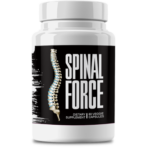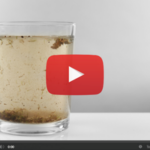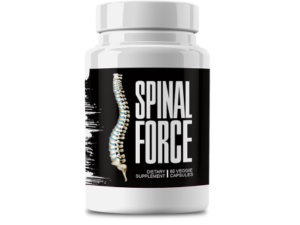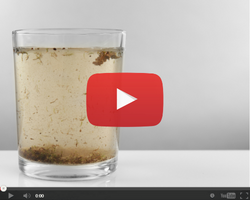This Village-Made Chinese Pain Reliever Eliminates Back And Joint Pain!
Step-by-Step Guide to Implementing Reliable Knee Pain Home Remedies Indian at Home
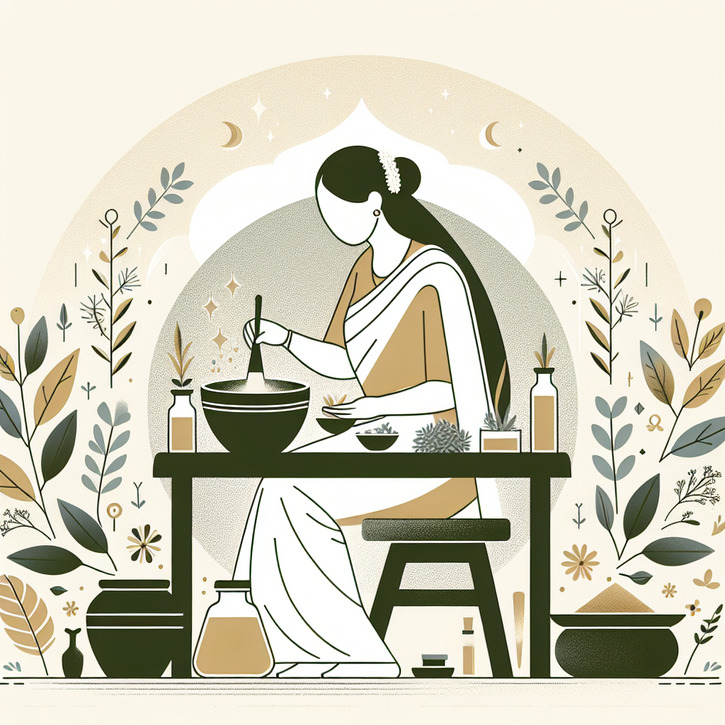
Introduction: Embracing Knee Pain Home Remedies – Indian Traditions at Your Fingertips
Ever had that nagging knee pain that turns a simple walk into a real struggle? You're not alone. Here in India, we have a long history of blending ancient natural healing with modern methods to ease discomfort. These home remedies, lovingly passed down through generations, offer a wonderfully accessible way to tackle knee pain—whether it's a minor ache or something more stubborn. Let’s dive into a step-by-step guide that mixes self-assessment, home tweaks, dietary tweaks, exercise, mindfulness, and progress tracking to carve out a holistic path to healing.
When knee pain hits, it's more than just a physical nuisance—it can throw off your whole day, from your mobility to your mood, and even your sleep. Traditional Indian thought sees the body and mind as tightly linked, meaning our physical hurt can mirror emotional stress. Throughout this article, you'll get insights from real experience and trusted techniques, empowering you to reclaim control of your health using time-honored methods.
Our journey ahead is all about infusing your daily routine with these trusted Indian home remedies. You’ll learn how to evaluate your symptoms, create a healing-friendly environment at home, spice up your diet, engage in gentle exercises, and embrace mindful practices. This isn’t a quick fix—it’s a sustainable lifestyle shift for long-term joint health and overall well-being.
Step 1: Getting to Know Your Knee Pain
Before you jump into remedies, it’s smart to do a little self-exploration. Notice if you feel mild discomfort after a bit of exercise, or if your knee tends to swell or stiffen. Pinpointing when the pain first started can help you figure out which daily habits might be the culprit. Kind of like playing detective with your own body, right? This self-awareness is key: once you understand what’s triggering your pain, you can better tailor your home remedies to suit your needs.
Keep an eye on how your pain shifts throughout the day. Does sitting too long worsen it? Maybe a chilly breeze outside kicks it up a notch—common in our varying Indian climates. Noting these patterns lets you tweak your routine to avoid those "ouch!" moments. Simple tests like a short walk or gentle knee bends can tell you a lot about how your joint is doing, and help you decide if it’s time to lighten up on certain activities.
Step 2: Making Your Home a Healing Haven
Your home should be a sanctuary, especially when you're dealing with knee pain. Start with the basics: keep your space tidy and free of clutter to reduce any fall risks or sudden strains on your knee. Sometimes a few adjustments—a supportive pillow, an ergonomic chair, or even a knee brace—can make a world of difference. Trust me, these tiny changes add up.
Don’t forget to stock up on some natural ingredients that are staples in Indian households for fighting inflammation. Turmeric, ginger, and ashwagandha aren’t just buzzwords; they're trusted allies in the battle against pain. With these on-hand, you’re prepped to whip up a remedy or two at a moment’s notice. And while setting up, remember that progress happens gradually. Sketch out a flexible schedule that includes dedicated time for rest, exercise, and your home remedies—it's all about balance.
Step 3: Spice Up Your Diet with Healing Foods
Food is medicine, especially when it comes to easing joint inflammation. Load up your plate with green leafy veggies, nuts, and spices renowned for their healing properties. Turmeric and ginger, for instance, have been used for ages in Indian kitchens to reduce inflammation and boost your body’s defenses. Incorporating these foods isn’t just about warding off knee pain—it lays a solid foundation for overall health.
Ready for a fun twist? Experiment with Ayurvedic recipes that mix these anti-inflammatory ingredients. Try a warm soothing drink with turmeric, a pinch of black pepper, and milk to calm the ache after a long day. Or, brew a fragrant herbal tea with ginger and tulsi, ideal for unwinding before bed. These aren’t just tasty treats—they’re little rituals that connect you to a rich heritage of healing.
Step 4: Gentle Exercises to Support Your Knees
Building strength around your knee doesn't mean you need to run a marathon. Start small with low-impact exercises at home. Simple moves like seated leg lifts or slow, gentle walks can work wonders over time. It’s all about consistency, not intensity. Remember, every little movement counts.
If you’re into yoga, traditional Indian poses are a great way to complement your exercise routine. Consider poses like Warrior or Thunderbolt—they help boost strength, balance, and circulation. Plus, it’s a nice way to clear your head and connect with your body. Regular stretching, whether a dynamic morning routine or a calm evening session, can keep your muscles flexible until you’re ready for the next challenge.
Step 5: Mindfulness – The Missing Piece in Pain Relief
Ever try meditating and noticed how much lighter you feel afterward? That’s no accident. In Indian healing traditions, the link between mind and body is fundamental. A few minutes of meditation or deep breathing every day can ease stress, which in turn helps reduce your knee pain. Think of it as giving your mind a mini-vacation while your body gets some rest.
Beyond formal meditation, why not incorporate daily mindful moments? Simple breathing exercises or even a quiet walk in the park can help reset your system. Activities like chanting or spending time in nature can create a mini-retreat right in your backyard. It’s these small interventions that, over time, build a fortress of resilience around your body.
Step 6: Keeping Track and Tweaking Along the Way
How do you know if you’re on the right track? Keeping a simple diary of your pain levels and activities can be a game changer. Note down any improvements or setbacks—this record is like your personal progress report. It might reveal that a particular exercise or herbal remedy is really hitting the mark, or it might signal that it’s time for a little tweak.
Sometimes, adjusting your routine is just part of the journey. Listen to your body—if something isn’t working, don’t be afraid to change it up. And hey, if your knee pain doesn’t improve despite your best efforts, it might just be time to check in with a professional. Combining traditional remedies with expert medical advice is a smart, balanced approach.
Conclusion: Your Path to Long-Term Relief Starts Now
Ultimately, easing knee pain with time-tested Indian home remedies is about blending mindfulness, consistency, and a deep respect for tradition. We’ve covered everything from assessing your pain, setting up a nurturing home environment, and spicing up your diet to gentle exercise and calming meditation. This holistic strategy isn’t just about quick fixes—it’s about nurturing long-term joint health and overall well-being.
Remember, healing is a journey marked by small, positive steps every day. Celebrate those little victories, tweak your routine when needed, and keep an open mind. By embracing both ancient wisdom and modern self-care practices, you're well on your way to a more resilient, pain-free future. Trust the process and take heart in every step you make—your knees (and your overall self) will thank you.


